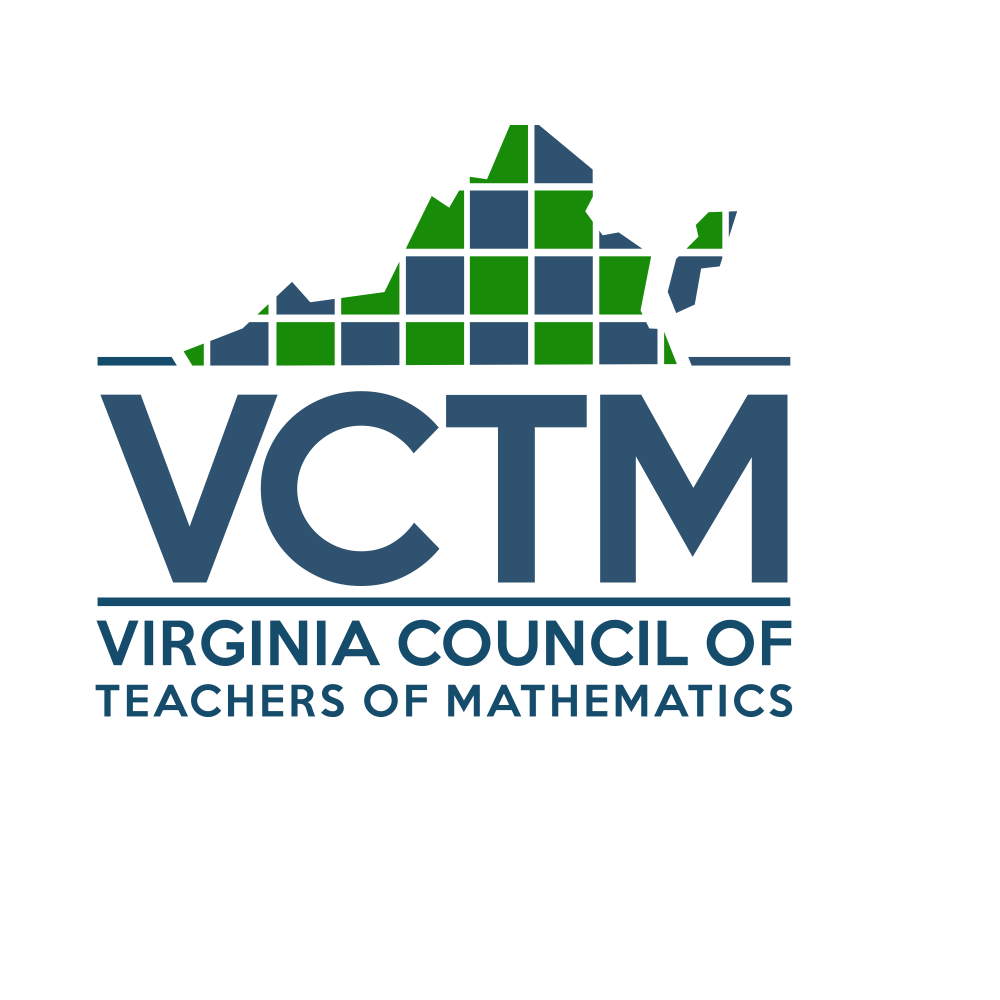- Home
- Journal
- Conference Proceedings
- 2018 Annual Conference Proceedings
- Model Drawing for Problem Solving
MODEL DRAWING FOR PROBLEM SOLVING
Amy Southworth
Chesterfield County Public Schools
Struggling with problem solving? Would you like to help your students become better problem solvers? Model drawing could be the solution for you. Help students develop a visual context for word problems and build a bridge between concrete and abstract thinking when problem solving.
MODEL DRAWING
When it comes to mathematics, many students struggle with problem-solving. Model drawing is a strategy that provides a concrete, visual representation to help students better understand the problem. Model drawing can be used at any level from kindergarten to high school. For the elementary and middle school students, three common models can be used to solve most word problems.
Before starting to draw models
To begin with, teachers need to help students read the problem carefully and restate the question as a statement. It is recommended that students rewrite the question as a statement leaving a space for the answer. This supports sentence writing while checking for understanding. For example, if the question asks How many more miles did Runner A run than Runner B? a student may write Runner A ran ____ more miles than Runner B. The goal of restating the question into a statement is to show an understanding about what is being asked, not finding the answer. Many teachers find it helpful to have the students write the restated question as a statement at the bottom of the page to encourage students so they can revisit it after finishing the problem.
Discrete Model
The Discrete Model is a simple, direct representation of numbers. If a problem gives information that needs to be added or subtracted, the students simply draw a picture of the units to represent the number and solve the problem. This can be as simple as drawing pictures or boxes to represent the amounts. A student can either add the pictures together or cross them out as needed. It can be more complex as well. Students working with larger numbers may choose to use bars to represent the amounts. It is recommended to have the students draw a question mark on the model to visually represent the solution. For example, if they are finding a sum, a question mark may be drawn on the model indicating that both bars are joined together to get the answer.
Part Whole Model
The Part Whole Model represents fraction numbers when a part or whole is unknown. The students draw a bar and split it into sections representing the different parts. Again, a question mark is placed on the model representing the unknown answer. This model is easily created and understood. It helps students think about what is unknown and develop a plan to solve their problem. For example, if a student knows one amount out of two and the whole value, the student can draw a bar showing the whole amount. Under it, the student can draw two pieces. One with the given part and one with a question mark. This helps the student realize that they must subtract from the total (whole) rather than add (a common mistake). This visual representation also helps the teacher and student understand each other if language is a barrier.
Comparison Model
The Comparison Model is used to compare numbers. Many problems have components that are mentioned in reference to another quantity. For example, Runner A ran five miles. Runner B ran six times farther than Runner A. How far did they run together? In this case, a student could draw a bar to represent the five miles Runner A ran. Underneath, another bar that is six times as large (6 units the size of Runner A’s amount) could be drawn to represent Runner B’s amount. This helps the students see that they are solving for the total amount, not just Runner B’s amount (a common mistake). This model is especially helpful when introducing algebra. The units become the variables in algebra. For example, the problem mentioned could be written as x + 6x = ?, where x is representing the number of miles Runner A ran (5 miles in this example).
CONCLUSION
Model drawing can be used with most word problems to help provide a better understanding of the problems. Many students use model drawing as an effective strategy to represent word problems visually to help them identify a strategy to solve word problems. Model drawing can be a strong tool for many struggling problem solvers.

